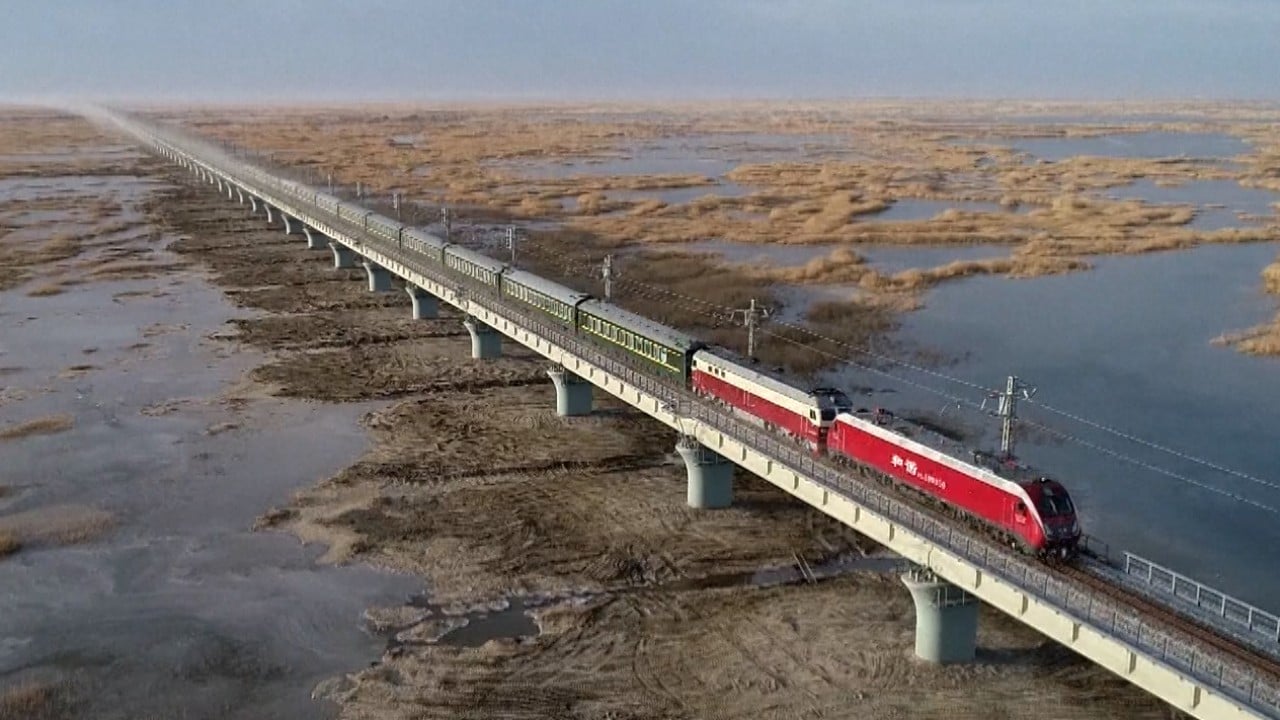
Biden and US hawks must understand China before waving the democratic torch
- Viewing the conflict between the US and China as a zero-sum ideological competition between democracy and autocracy overlooks the origin of China’s current governing tradition
Humans dominate the Earth by mythmaking, according to Yuval Noah Harari. Religions and ideologies have played important roles in history, bringing hope and despair, prosperity and catastrophe to populations in different parts of the world.
Given the suffering caused by inflammatory religious ideas and political ideologies in the past, we must exercise caution in using the righteousness of our own moral stories. The map has to fit the terrain. To de-escalate ideological conflicts, we should look into our past, the time and space through which we have travelled and made our history.
China, sits on the Eurasian plate, stretching from Mount Everest to the Pacific, from tropical to sub-Arctic climates. People have always migrated within China, following the seasons and river flows. To survive and prosper, people became more collective in order to capture the seasonal flows of torrential rivers, guide them into dams and graded plains, protect these fields from floods, and defend hard-earned harvests from nomads’ invasions.
The sheer size of the geographical and logistical challenges involved in administering this territory stimulated the development of a centralised Chinese bureaucracy. After the turbulence of the Spring and Autumn (770-476 BC) and Warring States (475-221 BC) periods, China was united under Qin, the first imperial dynasty, and a centralised bureaucratic state was born.
The vast geographical interdependence required a complex organisation on a huge scale. Professional functionaries were selected through examinations, which brought many men of humble origin into government. They applied administrative techniques based on Shen Buhai’s administrative innovations rooted in “rational” considerations rather than religion and traditions. In territorial terms, China resembles a superstate, and still demands rule by a central administration.
The decline of the Middle Kingdom nearly 200 years ago is a cautionary tale. Often portrayed as caused by the last imperial dynasty’s incompetence and refusal to be enlightened, history tells a more complicated story.

The China that has re-emerged, with its organisational structure and “socialism with Chinese characteristics” based on a millennia-old centralised bureaucracy, though serving its people well, doesn’t fit with the Western liberal narrative.
Has China’s Communist Party delivered what the people want?
Viewing the conflict between the US and China as a zero-sum ideological competition between democracy and autocracy overlooks the origin of China’s current governing tradition. Without considering the history of its collective and governing philosophy from the prism of geography, China is misunderstood in the current ideological debate.
Perhaps looking at reality through the lens of the liberal order has obscured our understanding and perception of the world, and issues that affect humanity as a whole. It is always challenging to find our bearings in another’s geography and history. However, we must try for the sake of world peace and stability.
Hopefully, we can somehow connect the two strands of our history, and establish an informed strategy in the search of a better world for us all.
Jing Lee is a Hong Kong-based investment banker and lawyer



